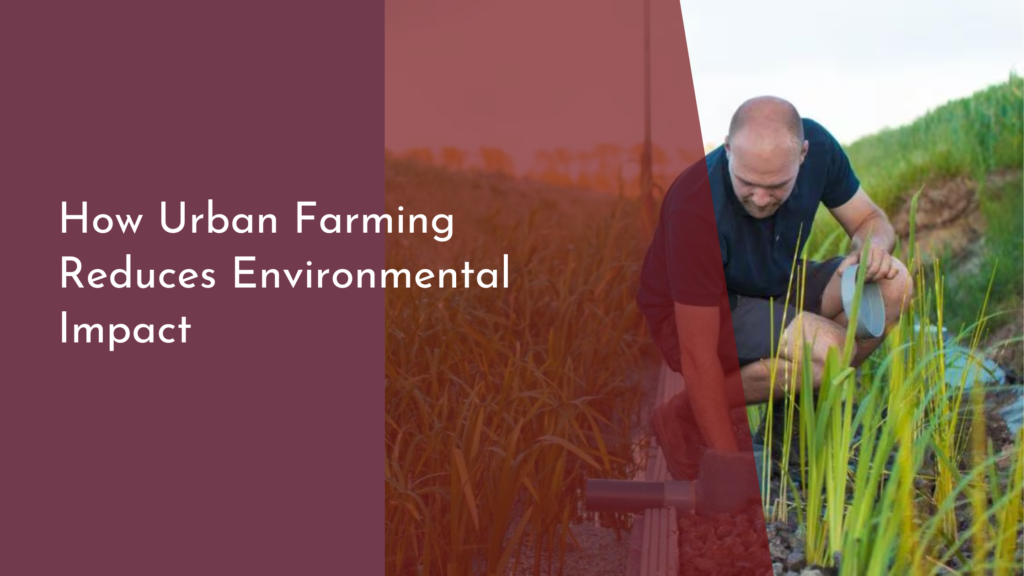Agroforestry for Bamboo and Cane Cultivation
Agroforestry, a land-use management system that combines agriculture and forestry, offers a plethora of benefits for both farmers and the environment. Among the remarkable plant species suited for this approach are bamboo and cane. Known for their versatility, rapid growth, and economic viability, these plants can be integrated into agroforestry systems to enhance productivity and sustainability. In this article, we will explore the wonders of agroforestry in bamboo cultivation, the benefits of integrating bamboo and cane, sustainable practices that nurture nature, and the promising future of bamboo and cane farming.
Discovering the Wonders of Agroforestry in Bamboo Cultivation
Bamboo is often referred to as a "wonder plant" due to its astonishing growth rate—some species can grow up to three feet in just one day! When integrated into agroforestry systems, bamboo not only provides a renewable resource for construction, furniture, and crafts but also contributes to soil health and ecosystem diversity. As a perennial grass, it helps reduce soil erosion, improves soil structure, and enhances nutrient cycling, making it a valuable addition to agricultural landscapes. The unique growing habits of bamboo allow it to thrive alongside crops, creating a symbiotic relationship that benefits both.
Moreover, bamboo’s ability to sequester carbon makes it a champion in the fight against climate change. By capturing carbon dioxide from the atmosphere, bamboo helps mitigate greenhouse gas emissions. The integration of bamboo into agroforestry systems can also foster biodiversity by providing habitats for various wildlife species. Additionally, bamboo can serve as a windbreak or natural fence, protecting crops from harsh weather conditions while also acting as a natural barrier against soil erosion. The multifaceted benefits of bamboo in agroforestry make it a compelling choice for farmers seeking sustainable practices.
Benefits of Integrating Bamboo and Cane in Agroforestry
Integrating bamboo and cane into agroforestry systems offers numerous economic advantages. Both plants are fast-growing and can be harvested in a relatively short time frame. This rapid growth translates into quicker returns on investment for farmers. Not only can bamboo be harvested every few years, but the shoots are also edible and can be sold, providing an additional source of income. Cane, on the other hand, is utilized in various crafts and as a primary raw material in numerous industries. The dual potential for bamboo and cane makes them an attractive option for enhancing farm profitability.
Beyond financial benefits, the integration of bamboo and cane fosters sustainable land management practices. These plants require minimal chemical inputs, reducing the need for synthetic fertilizers and pesticides. Their deep root systems promote soil health by enhancing water retention and nutrient availability. Moreover, the shade provided by bamboo groves can create microclimates conducive to the growth of understory crops, allowing farmers to diversify their production systems. This integration not only enriches the soil but also helps build resilience against climate variability and market fluctuations.
Sustainable Practices: Nurturing Nature with Bamboo and Cane
Sustainable practices in bamboo and cane cultivation are rooted in respect for the environment. Agroforestry systems that incorporate these species can enhance biodiversity by creating a rich habitat for various flora and fauna. Farmers can adopt agroecological practices such as intercropping, where bamboo or cane is planted alongside traditional crops. This approach not only improves yields but also minimizes pests and diseases through natural predation. The diversity of plants creates a balanced ecosystem that fosters resilience and productivity, ensuring the health of the farm for generations to come.
Furthermore, agroforestry encourages soil conservation techniques, such as cover cropping and mulching, which work in harmony with bamboo and cane cultivation. These practices help retain moisture, suppress weed growth, and prevent soil erosion. By promoting holistic land management strategies, farmers can enhance the quality of their land while contributing to the larger goal of environmental sustainability. The commitment to nurturing nature with bamboo and cane not only supports the well-being of local ecosystems but also empowers communities by providing them with sustainable livelihoods.
Thriving Together: The Future of Bamboo and Cane Farming
The future of bamboo and cane farming within agroforestry systems is bright and promising. As global demand for sustainable materials increases, bamboo and cane stand out as eco-friendly alternatives to traditional timber and plastic products. Their renewability and versatility make them ideal candidates for replacing less sustainable materials, tapping into an ever-growing market. This transition not only provides economic opportunities for farmers but also supports global efforts to combat deforestation and promote sustainable sourcing practices.
Ultimately, the integration of bamboo and cane into agroforestry systems fosters a sense of community and collective growth. Farmers can collaborate to share knowledge, resources, and markets, creating a network of support that enhances resilience and sustainability. As more individuals recognize the benefits of these practices, the potential for bamboo and cane farming to thrive will continue to expand, paving the way for healthier ecosystems and more prosperous rural communities. Together, we can embrace the future of agroforestry and cultivate a world where nature and agriculture flourish side by side.
In conclusion, agroforestry offers an innovative approach to bamboo and cane cultivation, promoting not only economic resilience for farmers but also a sustainable future for our planet. By integrating these remarkable plants into agricultural systems, we can nurture the environment, enhance biodiversity, and create sustainable livelihoods. As we continue to explore the various ways bamboo and cane can thrive in agroforestry, we affirm our commitment to fostering a harmonious relationship between agriculture and nature. Embrace the wonders of agroforestry and be part of a movement that celebrates the beauty of sustainable farming for generations to come!


